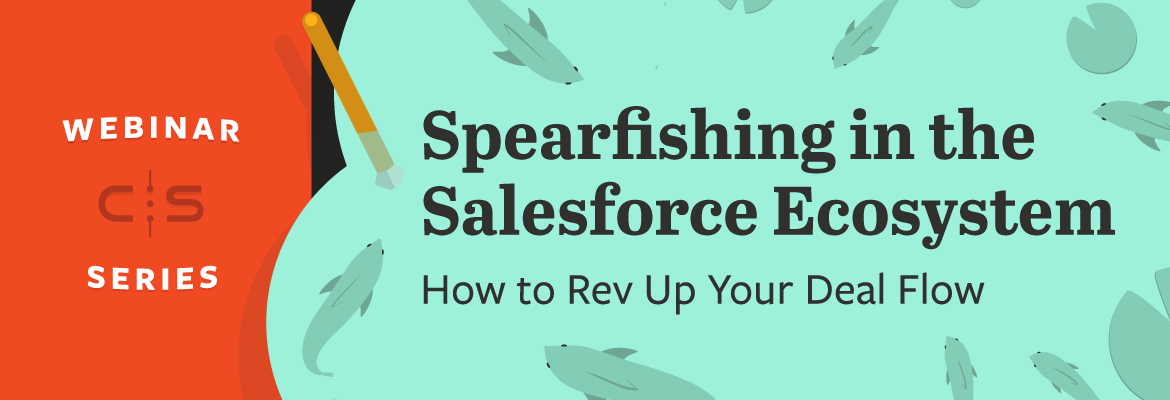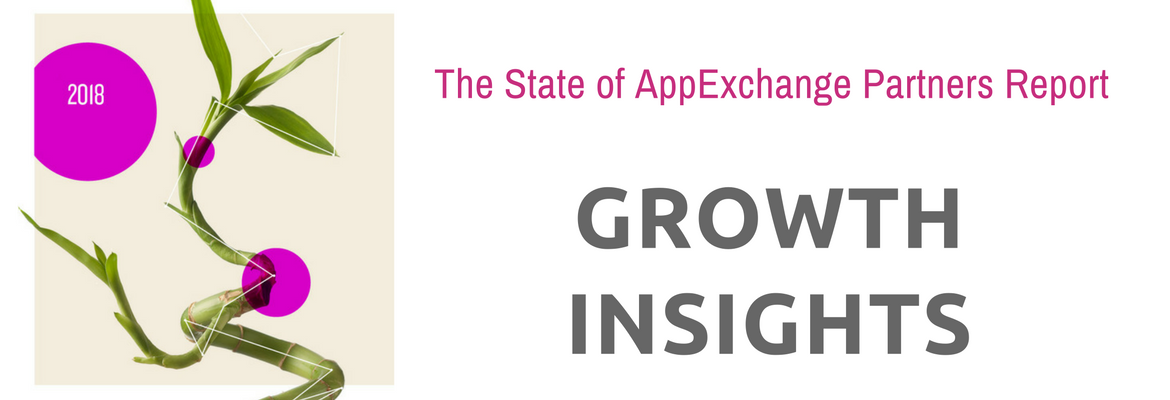
One of the biggest challenges in getting new business from Salesforce is ensuring that potential good-fit customers are aware you may have a solution. Solving this is difficult but lucrative; it requires clarity of purpose, making the right connections and demonstrating success.
In an October 24 webinar co-hosted with Lighter Capital , we convened a star-studded panel of Salesforce-ecosystem rockstars who have found success in navigating a complex market that has huge potential to drive revenue. Hosted by CodeScience Global Alliance Manager Erin Murray, featured panelists were Glance Networks CEO Tom Martin and MapAnything Chief Product Officer Tom DiVittorio.
The group provided some actionable insights on capturing revenue through better usage of the AppExchange resources at your disposal that you wouldn’t want to miss — so we compiled notes on the key takeaways.
We’ll give you three action items that can transform your pipeline, and share our best tips for implementing each, so you can utilize the same winning strategies that have proven successful with Glance Networks, MapAnything and other AppExchange partners.
More visual learner, or want to follow along? You can watch the presentation or see the slides here.
Here’s what all partners should do to best enable Salesforce to sell on their behalfs:
- Clearly define your company and ensure it’s messaged for the Salesforce ecosystem.
- Focus on a specific sales group and generate success in that group before casting your wide net.
- Reduce friction and reap the rewards by making life easy for the Salesforce team. Being a true team player goes a long way.
Let’s break that down a little further:
Defining Your Company
Before Salesforce can really get to know you and why they should direct customers to buy your app, you must know thyself. What sets you apart on the biggest business app marketplace in the world? Use these questions as a benchmark; you should be able to confidently answer all of the following in a business setting:
- What three things define and differentiate your solution?
- What’s your 30-second elevator pitch to Salesforce specifically? (This should be different than your pitch to customers)
- How does your product fit into the Salesforce ecosystem? Is it a stand-alone solution, or does it extend one of Salesforce’s core products?
- Who are your direct and indirect competitors?
- What other products does yours work with?
Here’s a SlideShare that serves as a great deep dive on effectively establishing a strong value proposition.
Martin’s advice is to eschew company-centric messaging to really think through the value add for a Salesforce rep.
“One of the things that I always tell any partner is, ‘It’s not about you,’ ” Martin says. “The second you decide to get enamored with what your product does versus what it enables Salesforce to do, (you lose)…giving the salesperson a holistic solution they can speak to is the key.”
“You really need to make sure you are adding or extending value to the Salesforce platform,” Murray adds.
For existing partners, being able to punctuate that messaging with one or more mutual success stories (meaning you worked with Salesforce to deliver a purchasing company a positive experience) sets you apart from the crowd by demonstrating collaboration to make all parties look good. More on this in section #2.
If you want more assistance in defining your company with a revenue-driven approach, check out this blog post that breaks down actionable steps on defining your value proposition, then introduces the revenue angle.
Selling to Salesforce
You have your messaging down pat and can communicate your differentiators effectively. Now what?
Instead of blanket messaging that tries (and fails) to appeal broadly, successful partners have been able to pinpoint specific targets within Salesforce and gain mindshare in niche spheres of influence.
Getting in front of customer success and AE roles at Salesforce is crucial — they’re the connectors and string-pullers who close business. Tailored and personal outreach can move mountains.
DiVittorio says there’s no magic, it’s about time, effort and persistence to capture brand equity.
One of the best ways to punctuate a pitch with specifics is through showing proven success. Customer success stories may be told and presented publicly with approval from the customer (like a case study), or more internal as a private story that demonstrates to Salesforce the use case of the product. Telling customer stories tailored to specific vertical is an expert-level move that demonstrates value in key industries.
We’ve prioritized telling our customer success stories where possible, and believe that the best way to demonstrate capability is to show how we’ve helped others accomplish their AppExchange goals.
Motivating the Ecosystem to Sell
With more than 3,000 companies competing for the attention of Salesforce AEs, it’s crucial to stand out from the crowd.
Martin’s focus and energy is on overlay teams and connecting with technical resources, chasing micro-successes and internal champions at Salesforce in pursuit of the mutual customer win.
Testimonial videos distributed via Chatter connect you to Salesforce AEs and influencers on a key sharing channel…that audience is also relatively plugged into Twitter so there’s significant opportunity to connect on social media.
When you do secure a Salesforce champion, don’t just move on and try to catch lightning in a bottle again. Instead, nurture that mutually beneficial relationship to gain additional customers.
“Never go alone,” DiVittorio says. “Bring these people with you.”
Thirsty for more?
If you’re going to be at DF17, we’re presenting a great companion piece to this webinar and blog…and it comes with free lunch. Murray will be presenting on the same subject in a more intimate setting, sharing her tips and insights from the recent panel and taking questions from attendees. It’s a great way to think through what you can do to capture more mindshare and revenue — check out the registration page here, or see where else we’ll be.


